Measurement and optimization for digital marketing is one of the critical success factors in the pharmaceutical industry. At the moment it acts as a barrier to entry into digital marketing, but it should not.

In the current market landscape, opportunities are arising to engage with healthcare professionals (HCPs) and patients through a multitude of digital channels. In the last two years, pharmaceutical companies have been increasingly active in carrying out digital marketing activities despite a slow uptake compared to other industries. Even with easy access to large quantities of data, measurement is still a relatively grey area – either marketing efforts are not being measured, or the data is not understood and utilized.
Gurpinder Singh from Indegene who has an industry-wide view says, “some measurement metrics may be more crucial than others, depending on the marketing goals. What constitutes a successful digital campaign for your brand can be revealed by narrowing your reporting to include the most relevant KPIs. We are all aware that customer journeys are no longer linear. It’s more like a maze, so the measurement methods can’t be rigid or fixed and certainly can’t just be the input or output metrics. Instead, marketers must focus on customer metrics to see if the campaign is relevant and delivering value.”

Why do we need a measurement framework? Such a framework is used to align top-line business objectives at a strategic level with measurable metrics and data at an operational level, with the objective of evaluating the results of marketing efforts. Setting up an effective measurement framework is used to understand your marketing performance, shape your digital strategy, and help plan your tactical campaigns to deliver better outcomes.
As the first step in creating a measurement plan, you should understand your overall business objectives and define the specific objectives of your marketing activities. Your marketing objectives should support and drive the successful achievement of the business objectives. While it’s good to be ambitious, marketing objectives must be realistic, specific, and measurable. For example, “increase the number of covered doctors by 20% in 6 months”.
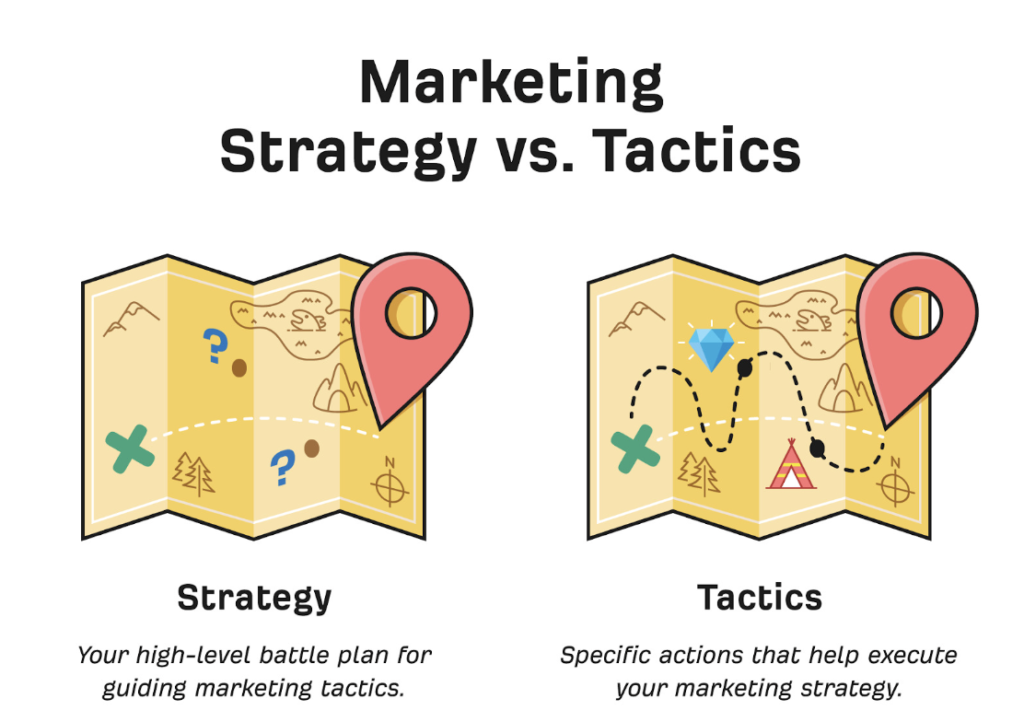
The next step should be based on business and marketing objectives. Here it is crucial to identify critical success factors associated with each of the objectives. Critical success factors are the essential elements that ensure marketing objectives are achieved. For example, improvement in customer satisfaction, and reduction in service cost.
While critical success factors are limited to key areas for success, KPIs are more specific metrics that are used to measure performance in each of the key areas, such as impressions, customer satisfaction rate, number of downloads, page views, and time spent on site. It’s critical for the development of meaningful KPIs, rather than measuring for measurement’s sake.
Sameer Srivastava – VP at Alkem feels, “Digital is the future even in pharma, Patient and HCPs are learning and adopting digitalization very fast and Pharma has no option but to adopt it fast. As a marketer, we have to align our digital strategy with overall brand / organizational objectives. Digital initiatives can help us to reach our overall objectives much faster. In order to do so we have created separate KPIs for digital initiatives. Digital initiatives should be designed to complement the efforts of the field & I believe that involvement of the field can augment overall outcome. Marketing Heads must audit digital efforts on a periodical basis and do course correction for a better outcome”

When choosing metrics, always think about the purpose each metric serves and how it helps you to make better decisions. When the objective is to measure engagement with HCPs, the focus should be placed on metrics that reflect the interaction such as the number of returning visitors, or the number of registrations and content downloads rather than “reach” metrics such as impressions and visits.
Ashutosh Inamdar, Senior GM at Lupin says, “digital has become an integral part of business strategy and KPIs for measuring its effectiveness have evolved over a period of time. While Pharma marketing activities have started leveraging digital, it is important to redefine RoI where we include softer aspects like Net Promoter Score, user adoption, etc., and also consider the right time frame to evaluate the impact of digital strategies. In addition, we must design well-defined KPIs which are measurable, relevant, and linked to the strategic objective, measured at an ideal frequency to derive insights & finally focused on customer/user experience for driving effectiveness.”
The biggest challenge for measuring digital marketing strategy impact or success is that companies have many different digital marketing strategies created by people who work in silos. When this happens, nothing connects and best practices aren’t shared across the whole organization. In this situation, you’re trying to achieve your success on one particular strategy, but what you’re creating is multiple little silos of the same strategy. To overcome this, a company should establish an overall business objective with which all brands can align. Once this is achieved, the company can develop an overarching strategy to fulfill that objective.
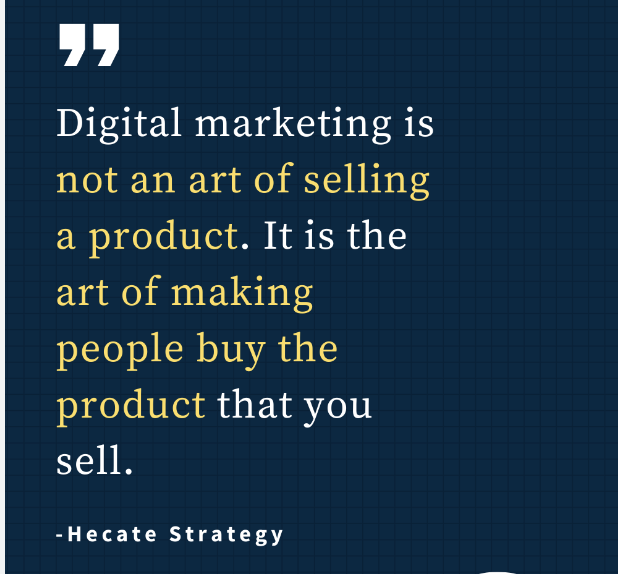
It is important to note that the KPIs that are used for measuring patient digital success are the same ones as HCPs – touch, activate, engage and act – but with different examples. Touch and activation scores are similar and include measurements such as open rates, content downloads, and registrations. The engagement stage is more indirect for patients compared to HCPs in that it involves social listening, watching, hearing, and seeing what is happening in open spaces around our brands, compounds, and activity. The act stage depends on the medical and commercial side of things where patients actively participate in trials, so KPIs that measure how quickly we can fill a trial could be used. Most managers begin to measure success via an increase in Rxs, market share, or growth too soon. These are often not the right metrics at this stage of engagement.
Sunil Nat who heads digital at Galderma says “Digital is nothing without data. But what are we doing with the data that we are capturing? Are we mining it for information and insights about customers that can be used to personalize our communication with them? Digital presents enormous amounts of data that often reside in silos within the company.”
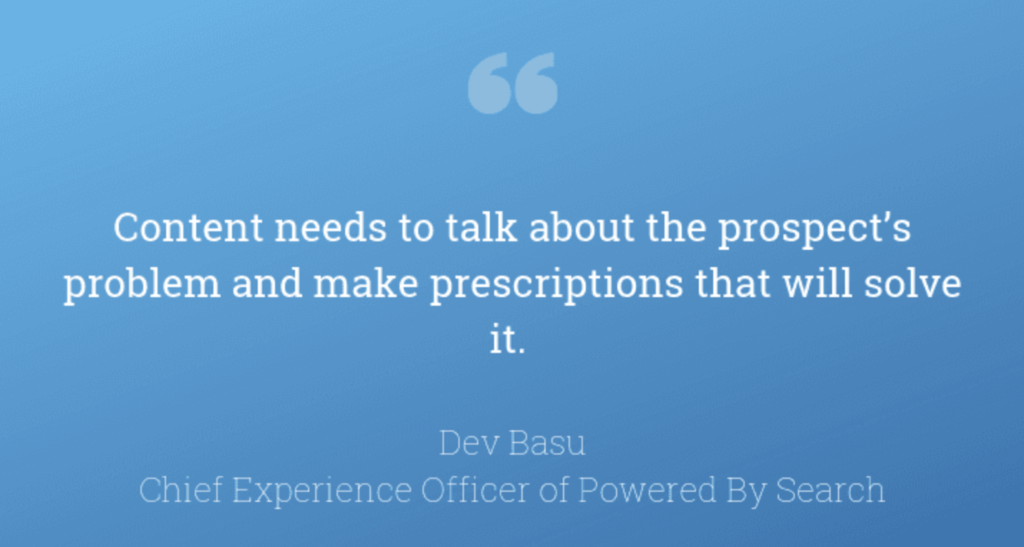
Another challenge is capabilities in analytics and in understanding the data. The more this measurement culture happens and the more it relies on real-life data, the more you need to develop capabilities to understand what the data means. This does not apply to sales data only. There are many other potential sources to be analyzed. There are metrics that come from real-life scenarios or real-world usage and they are not as straightforward to interpret. Sometimes you may even see the opposite of what you’re expecting. It is important to nurture capabilities in understanding data, and analytics, having an idea of what exactly you want to find in the data and forming hypotheses upfront. These are all critical to successfully measuring outcomes. Whoever is putting the digital tool in place must be able to analyze the data.
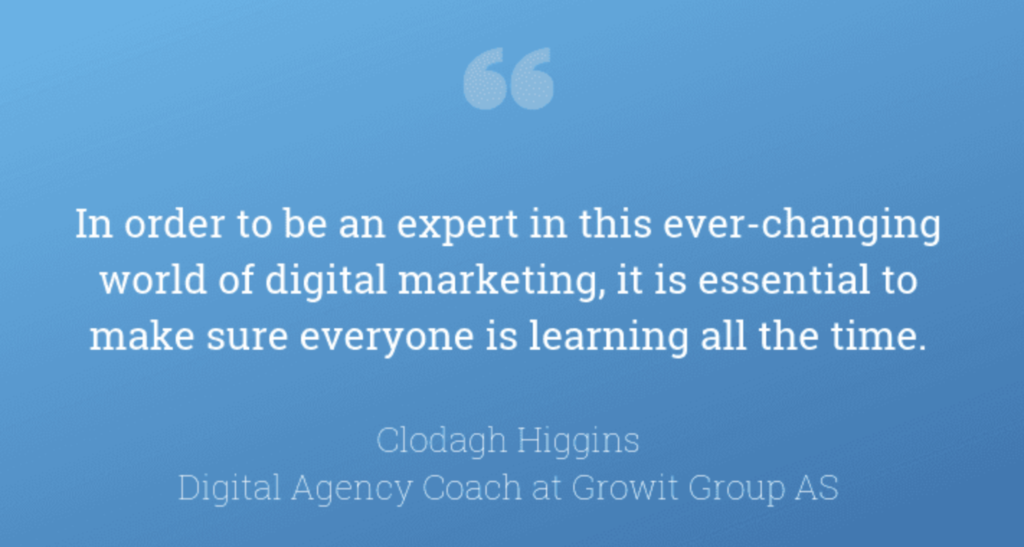
Saikat Chaudhury – Head of Commercial Excellence at Bayer says, “data are multidirectional…challenge is, if you if we do not know the destination, any road will get us there. In today’s scenario, most pharma organizations are keen to develop data lakes, and automation engines, deploying different business analytics tools as they are truly interested in using multiple data from multiple sources, which were thrown in garbage bags in earlier days… However, many are missing out or not very focused on developing the right capability in people in the organization who can transform data into information, information into interpretations, and interpretations into insights and use those meaningful insights in perspective to take great business decisions…Hence It is most important to nurture data analytics capabilities alongside digital strategy which is one of the most critical success factors in enterprises’ digital transformation journey.”
Knowing what to do is the first and most important step in digital transformation. The second most important step is knowing how to measure the results correctly. These measurements allow you to use your digital marketing budget efficiently, make sales activity more effective by improving your conversion rates, and choose the right channels to reach your target audience. The key objectives of the digital economy are not to sell your product but to engage your customer meaningfully. Your competitive advantage comes from converting that engagement to loyalty through designing great experiences. None of this can happen unless you know what to measure and when.
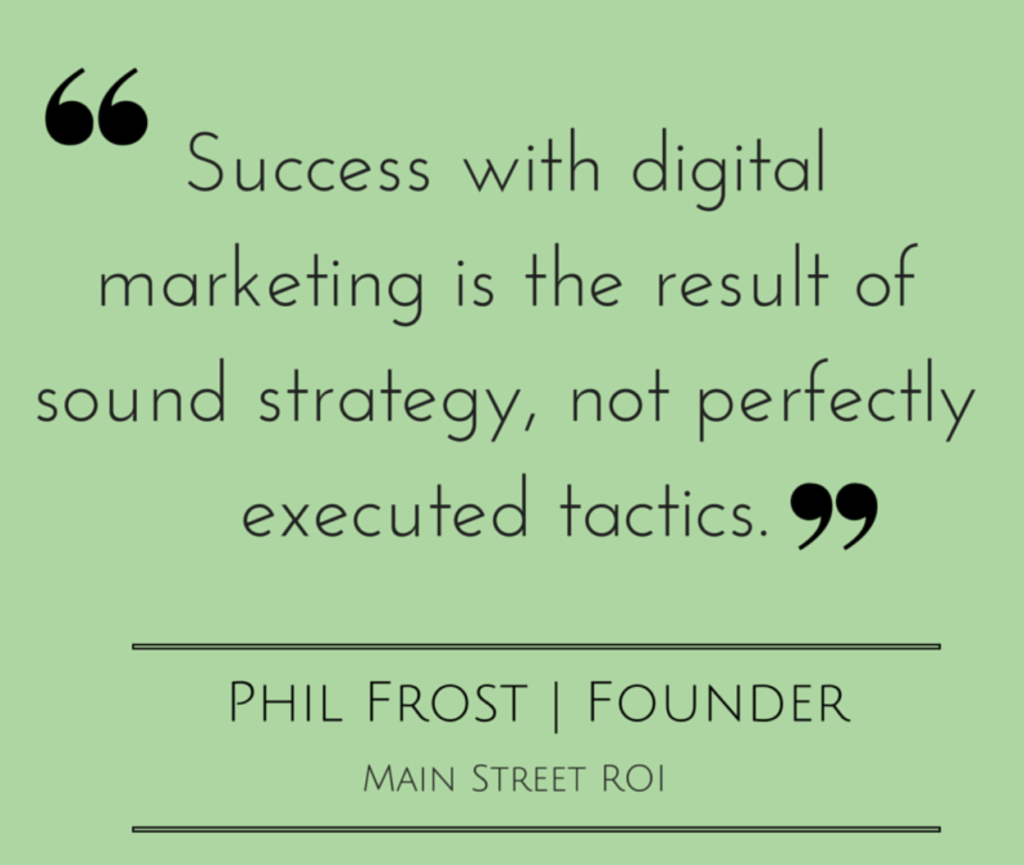
Koustubh Kanade – VP at B. Braun summed it up very well when he said “the best marketing can only happen when we create ‘personalized journeys’. And the way to do that is to truly know our customer’s beliefs and behaviors to help for better patient outcomes. As good Pharma companies reach a stage of digital maturity, there is a growing realization that leveraging digital opportunities requires a strong understanding of insights and journeys and that it is only as successful as our knowledge of the therapy domain and our excellence in marketing fundamentals.”
This blog is part of D2 – Do it with Data- a knowledge-first joint initiative by MedicinMan in partnership with Doceree
Watch the panel discussions to listen to the experiences & insights of practicing pharma leaders:
Salil Kallianpur is Executive Editor at MedicinMan and Founder – ARKS Knowledge Consulting. He has worked in senior roles at Dr. Reddy’s, Novartis, Pfizer and GSK.
